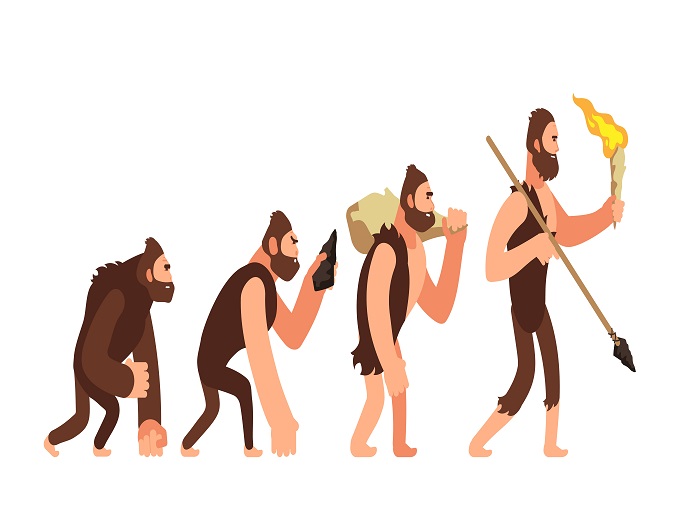Cutting-edge 3D techniques to unravel the origins of walking on two feet
To study bipedalism, palaeoanthropologists look to direct sources such as exploring the anatomy of human ancestors that lived around the time when humanlike bipedalism evolved around 2 million years ago. “Unfortunately, such evidence is lacking, and there’s always a degree of uncertainty about the position of said ancestors in the evolutionary tree,” says Julia Arias-Martorell, coordinator of the EU-funded MOSAIC project. This research was undertaken with the support of the Marie Skłodowska-Curie programme.
Discovering human origins one step at a time
As a result, scientists also have to study other evolutionary sources like the anatomy and behaviour of apes (gorillas, chimpanzees, orangutans, gibbons, siamangs), monkeys and older fossils in the human/ape lineage from the Miocene epoch about 20 to 5 million years ago. Such sources help in understanding the origin and evolutionary pathway of the anatomical features that later allowed for bipedalism to evolve. Researchers investigated the effects of locomotion – the physical act of moving from one place to another – on the internal structure of the forelimb bones of living apes and our ape ancestors dating back to the Miocene epoch. “We took a holistic approach, and examined for the very first time the forelimb as a whole rather than singling out any one bone,” explains Arias-Martorell. “This was done to build a reference framework of forelimb locomotor signals in living apes and monkeys so that we can later infer locomotor behaviours in fossil apes.” Findings show that the locomotor loadings found in the subchondral bone of the elbow complex correspond with predicted loadings for each locomotor type in living apes. There are unexpected differences between species that on the surface utilise the same locomotor mode. These differences involve loading between gorillas and chimpanzees that employ a type of locomotion known as knuckle-walking for which they use their fingers’ middle phalanges (bones). Another finding shows that a given bone may not reflect the same locomotor behaviours at both epiphyses, or ends. For example, in the humerus (arm bone), the bottom end reflects knuckle-walking behaviours in gorillas and chimpanzees, whereas the top end reflects more tree-dwelling acrobatic behaviours.
Evolutionary scenarios for the development of movement
“The project offers a more direct window into past locomotor behaviours,” says Arias-Martorell. The use of novel 3D methods like micro-CT scans and imaging software gives palaeoanthropologists insight into what the fossils were doing regarding locomotion during their lifetime. These state-of-the-art techniques don’t inform the scientific community about fossils’ potential capacity for locomotor behaviours, as is the case with traditional outer bone-shape anatomical studies. “MOSAIC contributed to knowledge on the relationship between skeletal form and function, and to understanding what our ancestors were up to in terms of locomotion,” concludes Arias-Martorell. “This has implications for a myriad of other aspects of fossil behavioural reconstruction in the past.”
Keywords
MOSAIC, ape, locomotor, bone, bipedalism, fossil, walking, locomotion, knuckle-walking



